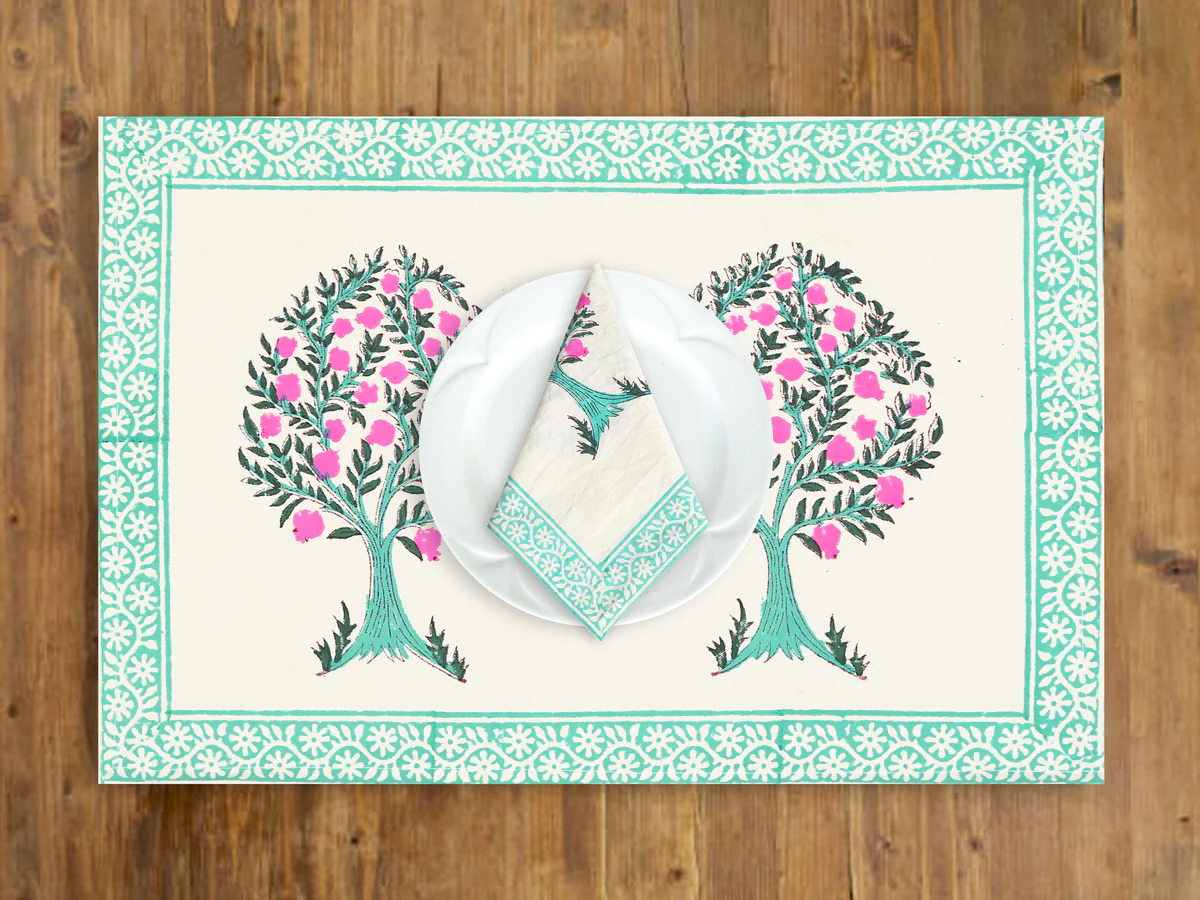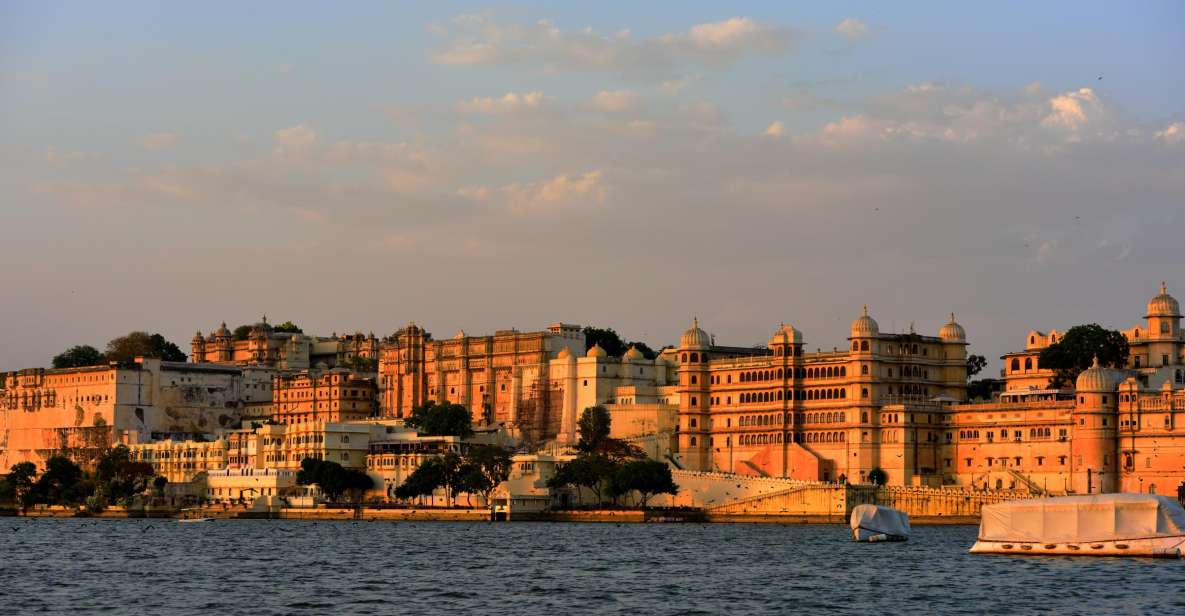A Journey Through the Colors of Rajasthan

The art of Rajasthan is not only visually rich but deeply connected to its socio-cultural and spiritual practices. This north-western Indian state has developed a unique identity through its centuries-old art forms, often combining mythology, nature, and daily life. The colours, motifs, and symbolism used in Rajasthani artwork are more than just design elements—they are carriers of oral traditions, local customs, and regional wisdom.
From painted shrines to cloth scrolls and canvas artworks, every medium used by Rajasthani artisans reflects a thoughtful narrative. This journey through the state’s visual culture provides insight into its layered history and sustained creativity.
What Makes Colour Symbolism Central in Rajasthani Art?
Colour in Rajasthani art is not merely for visual impact; it represents deeper meanings. Traditional artists often select colours based on their symbolic associations:
-
Red: Associated with strength, love, and marriage rituals. It frequently appears in wedding depictions.
-
Blue: Signifies divinity and courage. Commonly used in paintings of Krishna or in decorative bird illustrations.
-
Yellow: Symbolizes joy and prosperity, often seen in harvest and festive scenes.
-
Black and White: Used to balance compositions and add spiritual undertones.
These colours are typically derived from natural sources—minerals, plants, and even precious stones. Their earthy tones reflect the landscape of Rajasthan, especially its desert terrain, while their intensity conveys emotional and spiritual depth.
How Are Stories Preserved in Rajasthani Visual Art?
The oral storytelling tradition of Rajasthan has found a powerful medium in its artwork. Art is used not just to decorate but to narrate. Visual storytelling allows the transmission of religious tales, historical events, and moral lessons.
One of the most interesting formats is the wooden shrine used in Kaavad Art. This portable storytelling device is painted with episodic scenes, which are revealed sequentially by a performer. The artwork and the narration work together to deliver spiritual stories in public gatherings or domestic rituals.
These storytelling methods serve both educational and devotional functions. They preserve knowledge systems that may otherwise fade and make them accessible to audiences who might be illiterate or from remote regions.
What Are the Distinct Features of Region-Specific Art Styles?
Art styles in Rajasthan vary by region, influenced by geography, available materials, and local legends. Some of the distinct styles include:
-
Shekhawati Murals: Found on the walls of havelis (mansions), these murals depict everything from mythology to trains and airplanes.
-
Mewar Miniatures: Known for their fine lines and detailed portraits, often commissioned by royal courts.
-
Marwar Paintings: These artworks focus on bold figures and flat colours, frequently highlighting local deities.
-
Bhil and Meena Tribal Art: Characterised by repetitive patterns and natural themes, these works often represent local flora and fauna.
Each of these styles has a unique technique but shares a common thread: the celebration of daily life, rituals, and the natural world.
How Do Artists Depict Nature and Birds in Their Work?
Birds are a recurring element in Rajasthani art, appearing in murals, canvas paintings, and even textile designs. They are not only admired for their aesthetic appeal but are often used symbolically.
The collection Bird on Canvas reflects this recurring theme. Birds are depicted either individually or within larger narratives, representing harmony, transition, or spiritual messages. Peacocks, parrots, and cranes are the most commonly illustrated species due to their presence in local environments and their importance in mythology.
These avian images often include vibrant feathers, dynamic motion, and intricate background settings. Artists frequently place them alongside humans or deities to establish symbolic relationships, often pointing to larger ideas like freedom, love, or the soul’s journey.
Why Is Textile-Based Art Important in Rajasthan?
Textile-based paintings, especially scrolls and wall hangings, play a crucial role in Rajasthani art. Unlike framed art or murals, textile art is portable and adaptable. It can be displayed in homes, temples, or public events.
One of the most prominent forms of textile art is Phad Painting Online. These are long scrolls painted with stories of local deities like Pabuji and Devnarayan. The scrolls are unrolled during storytelling sessions, and each section is used to support a narrative performance.
Phad painting combines function and form. The visual layout, usually segmented into different scenes, allows the audience to follow complex stories through images alone. Traditional artists use natural dyes and handmade brushes, and the scrolls themselves are prepared with multiple layers of fabric and glue to ensure durability.
How Are Materials and Techniques Tied to Local Knowledge?
The tools and techniques used in Rajasthani art are deeply tied to environmental and local knowledge. Artisans pass down methods for sourcing and preparing natural colours. For example:
-
Black is made from soot collected from lamps.
-
Yellow comes from turmeric or yellow ochre.
-
Red may be derived from vermillion or sandstone.
-
White is usually made from lime or chalk.
Brushes, often made from camel or squirrel hair, offer control over fine lines or bold strokes. The base material—whether it is cloth, paper, or wood—is also chosen based on the intended use of the artwork.
These practices contribute to the sustainability of Rajasthani art. Rather than relying on synthetic paints or industrial materials, the art remains ecologically grounded and resource-efficient.
How Has Global Exposure Affected Rajasthani Artists?
With global access and digital platforms, traditional Rajasthani artists are reaching a wider audience than ever before. This exposure has brought attention to dying art forms and introduced them to newer generations.
However, this increased visibility brings both opportunities and challenges. On one hand, artists gain recognition and financial support. On the other, there is a risk of misinterpretation and commodification. Artworks might be copied or mass-produced without understanding the cultural context.
To mitigate these risks, some initiatives are documenting traditional processes, archiving narratives, and facilitating workshops. These efforts help maintain authenticity while allowing innovation within traditional frameworks.
What Are the Key Challenges in Preserving Rajasthani Art?
Preserving Rajasthani folk art faces several challenges:
-
Decline in Traditional Patronage: Earlier, kings and landlords supported artists. This structure no longer exists.
-
Changing Lifestyles: Urbanisation and modern lifestyles often reduce the demand for traditional artefacts.
-
Lack of Documentation: Many techniques are passed orally and remain undocumented.
-
Mass Production: Machine-made replicas dilute the original skill and value of the artwork.
Addressing these challenges requires active participation from multiple sectors—education, museums, local governance, and the art community itself.
What Can Be Done to Support Rajasthani Art Sustainably?
To support Rajasthani art responsibly and sustainably:
-
Encourage Research and Documentation: Academic institutions can partner with artists for research.
-
Involve Youth: Art education in schools can introduce traditional forms early on.
-
Promote Ethical Engagement: Consumers and collectors should be informed about the origin, method, and meaning of the artworks.
-
Support Directly: Buying from artisans, attending exhibitions, or participating in workshops ensures financial and cultural sustainability.
By acknowledging both the beauty and the complexity of these art forms, engagement becomes respectful and enriching for all parties involved.






